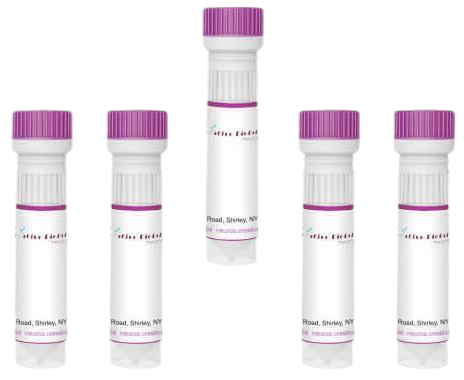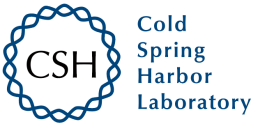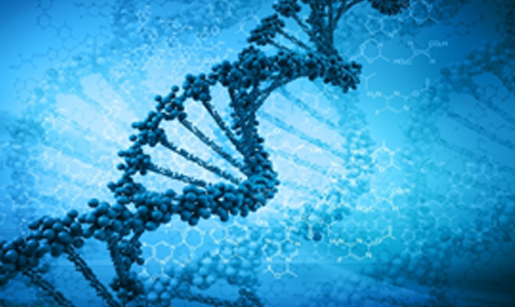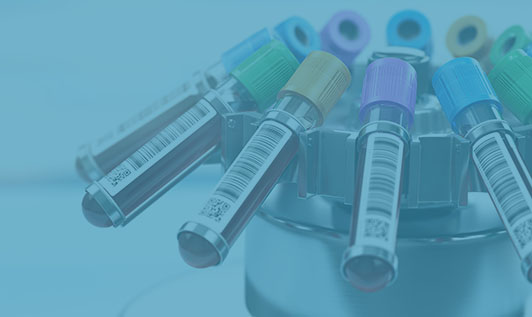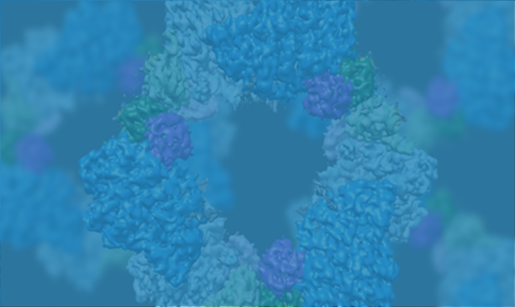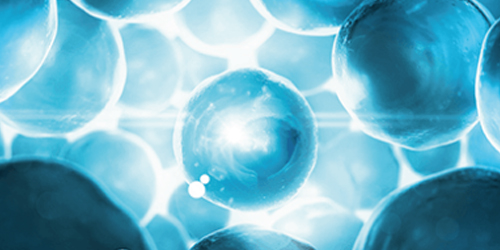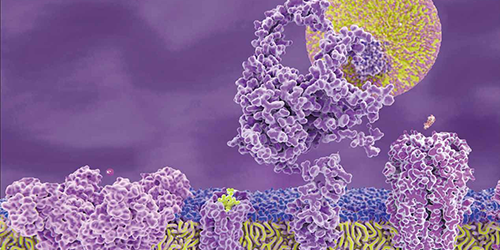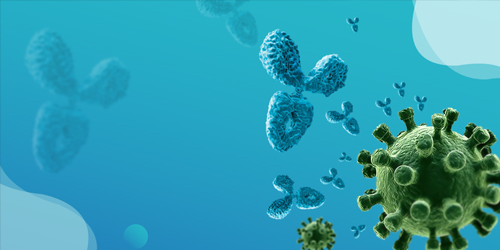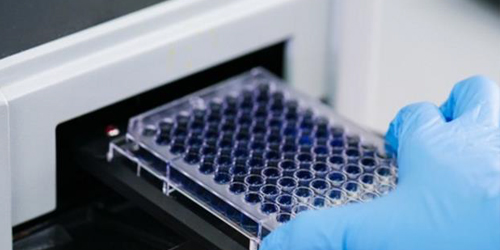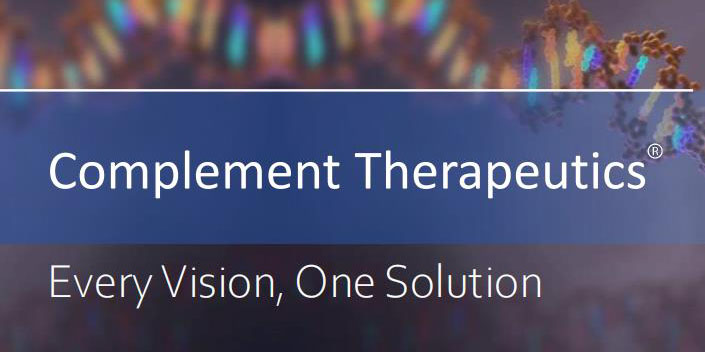Why Complement Therapeutics Matter?
-
Disease Relevance: Aberrant complement activation contributes to autoimmune disorders (SLE, RA), kidney diseases (C3 glomerulopathy, aHUS), AMD, and many rare inflammatory syndromes.
-
Therapeutic Potential: Complement-targeted drugs are rapidly expanding, with blockbuster C5 inhibitors setting the stage for new generations of precision medicines.
-
Research & Development Demand: As complement biology intersects with neurology, oncology, and infectious diseases, the demand for reliable platforms has never been greater.
 Fig. 1 Complement-targeted therapeutics.1,2
Fig. 1 Complement-targeted therapeutics.1,2
Creative Biolabs stands at this critical intersection, offering one-stop services that combine discovery, engineering, functional testing, and validation.
Start Your Project
Integrating Complement Research into Drug Discovery Pipelines
Our services seamlessly integrate into drug development stages.

Lead Screening & Optimization
Rapid testing of inhibitors, antibodies, or biologics.

Mechanism-of-Action Studies
Understand how compounds regulate complement activity.

Safety & Off-target Profiling
Balance efficacy with immune protection.
Sample Types and Customization Options
Different projects demand different sample types, matrices, and assay conditions. Our platform has been specifically designed for flexibility, allowing us to handle a wide range of biological and synthetic materials.
Human-Derived Samples
-
Serum and plasma
-
Cerebrospinal fluid (CSF)
-
Patient-derived specimens
-
PBMCs and whole blood
Animal Samples
-
Murine and rat models
-
Non-human primate (NHP) samples
-
Canine, porcine, and rabbit samples
-
Custom transgenic models
Recombinant and Purified Components
-
Recombinant complement proteins (C1q, C3, C5, Factor H, MASPs)
-
Synthetic fragments and peptides
-
Purified serum proteins
Cell and Tissue-Based Samples
-
Cell culture supernatants
-
Tissue extracts
-
3D organ-on-chip samples
Every project is unique, and we provide extensive customization to maximize relevance.
Design Your Customization
Data Output and Deliverables
Beyond running assays, our mission is to provide high-quality deliverables that accelerate your decision-making process.
-
Raw Experimental Data
-
Processed and Analyzed Results
-
Comprehensive Visual Outputs
-
Interpretation and Expert Commentary
-
Regulatory-Ready Documentation
-
Flexible Data Delivery Formats
-
Archiving and Data Retention
Case Studies & Success Stories
Over the years, Creative Biolabs has supported a wide range of biotech, pharma, and academic clients in turning complement-related concepts into validated outcomes. Below are representative examples that showcase our expertise and the impact of our solutions.
Case 1
Characterizing the Binding Ability of Antibody Samples to Complement C1q for Customers
The clients sent us 3 engineering antibody samples to characterize the binding ability of their antibody samples to complement C1q. We first perform the validation of the binding of samples to the secondary antibody, and found that all the samples had normal binding with the secondary antibody. Then we perform the complement C1q binding assay of samples by ELISA titration through setting 9 different concentration gradients. Binding curves and EC50 (not shown) of each sample were obtained based on the ELISA OD450 value. And the results indicated that all 3 samples had a normal binding to complement C1q.
Fig. 2 C1q binding analysis of the samples.
Case 2
Conducting C3b deposition assays on client-provided samples
The following figure illustrates a representative C3b deposition assay. The results indicated that the sample inhibited C3b deposition in normal human serum. This assay was performed using seven serial dilutions, with each dilution tested in duplicate. Further customization of the experimental plan can be accommodated based on specific requirements.
Fig. 3 C3b deposition analysis of the samples.
Case 3
Testing the complement classical pathway of 1 patient serum sample
The CH50 curve was drawn after we performed the CH50 test using the sensitized sheep erythrocytes. The CH50 value or serum dilution at 50% hemolysis of sheep red blood cells (SRBC) will be calculated using the curve formula.
Fig. 4 CH50 assay of the samples.
References
-
Pouw, Richard B., and Daniel Ricklin. "Tipping the balance: intricate roles of the complement system in disease and therapy." Seminars in Immunopathology. Vol. 43. No. 6. Berlin/Heidelberg: Springer Berlin Heidelberg, 2021. https://doi.org/10.1007/s00281-021-00892-7
-
Distributed under Open Access license CC BY 4.0, without modification.
Frequently Asked Questions
Can you develop custom assays beyond your listed services?
Yes. Many of our complement projects are customized. Whether you require species-specific assays, non-standard sample types, or novel complement targets, our scientists will adapt protocols or design new assays tailored to your research needs.
How long does a typical project take?
Turnaround time depends on project complexity. Standard assays such as CH50, AH50, or C1q-binding ELISA can be completed in 2–3 weeks. Customized multi-component studies may take 4–8 weeks. We also provide expedited timelines for urgent projects.
Can you support high-throughput compound screening?
Absolutely. We have optimized several complement assays (e.g., C3b deposition, hemolysis inhibition) for high-throughput screening formats. This allows us to test thousands of compounds or antibodies efficiently, suitable for early-stage drug discovery campaigns.
Can you adapt assays for animal models?
Yes. Many of our clients conduct preclinical studies in mice, rats, rabbits, dogs, or non-human primates. We routinely adapt complement assays to specific species, ensuring translational relevance for your program.
Can I combine multiple assays in one project?
Of course. Many of our clients request integrated assay panels—for example, running CH50/AH50 tests together with C3b deposition or hemolysis assays. This approach provides a complete picture of complement function in a single project.
What geographic regions do you serve?
We serve clients worldwide. With international logistics support, we routinely receive and process samples from North America, Europe, Asia-Pacific, and beyond.
How do you price your services?
Pricing depends on assay type, sample volume, and level of customization. We provide transparent quotations, and for long-term or multi-project collaborations, we offer flexible pricing models.

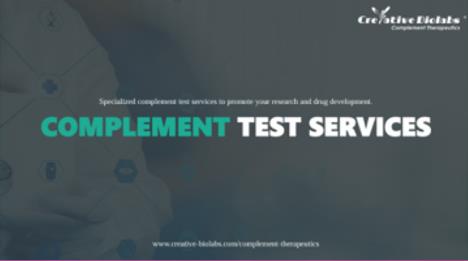
 Fig. 1 Complement-targeted therapeutics.1,2
Fig. 1 Complement-targeted therapeutics.1,2











